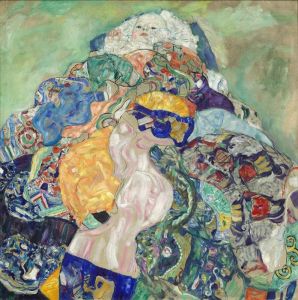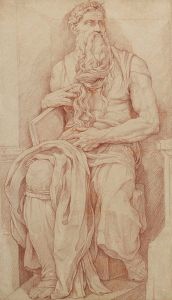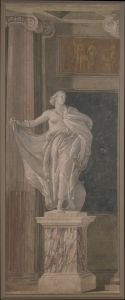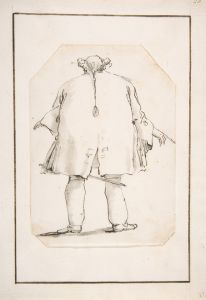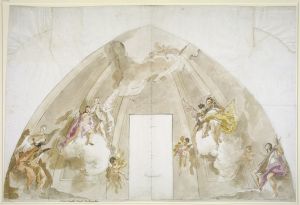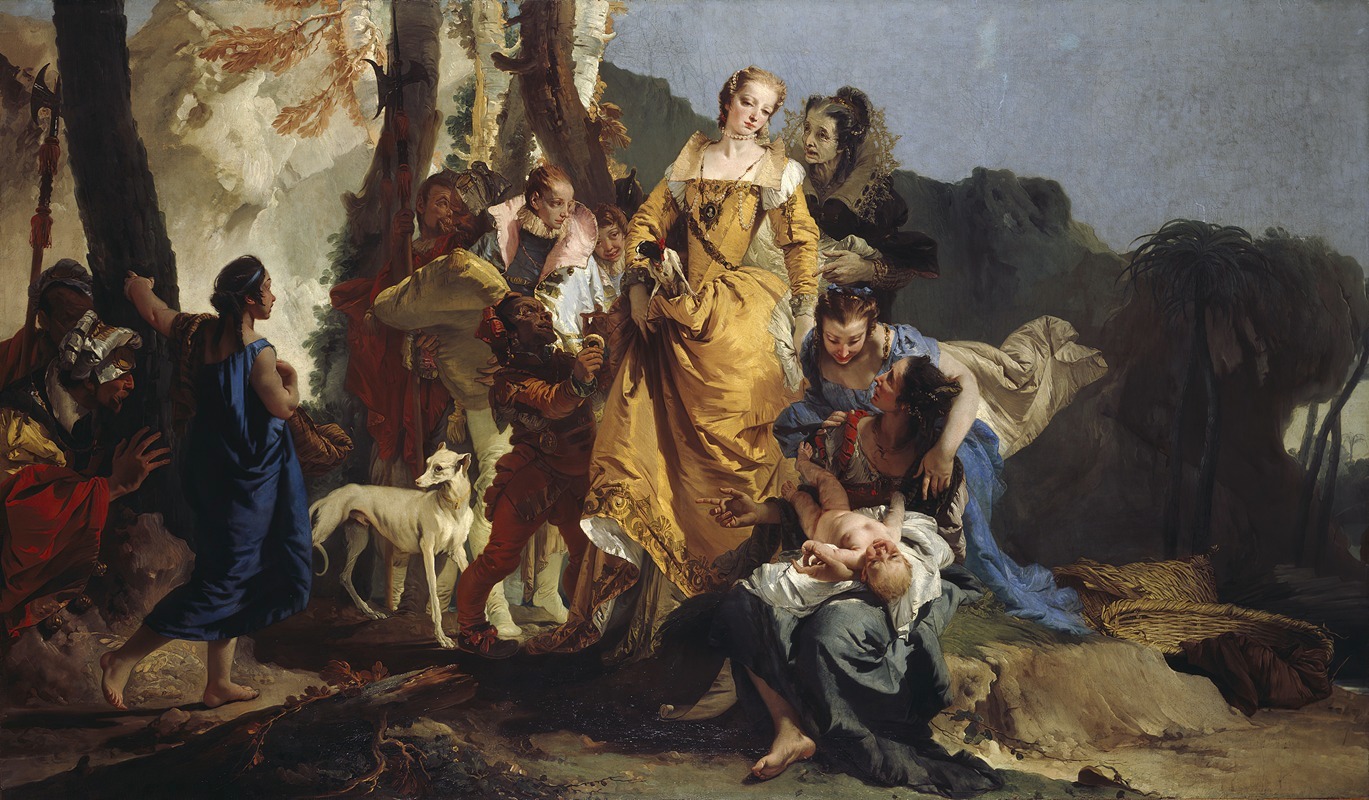
The Finding Of Moses
A hand-painted replica of Giovanni Battista Tiepolo’s masterpiece The Finding Of Moses, meticulously crafted by professional artists to capture the true essence of the original. Each piece is created with museum-quality canvas and rare mineral pigments, carefully painted by experienced artists with delicate brushstrokes and rich, layered colors to perfectly recreate the texture of the original artwork. Unlike machine-printed reproductions, this hand-painted version brings the painting to life, infused with the artist’s emotions and skill in every stroke. Whether for personal collection or home decoration, it instantly elevates the artistic atmosphere of any space.
"The Finding of Moses" is a painting by the Italian artist Giovanni Battista Tiepolo, a prominent figure of the 18th-century Venetian school. Tiepolo, known for his grand historical and religious compositions, completed this work around 1736. The painting is a fine example of Tiepolo's mastery in the Rococo style, characterized by its lightness, elegance, and exuberant use of color.
The subject of the painting is derived from a biblical story found in the Book of Exodus. It depicts the moment when the infant Moses, hidden in a basket among the reeds of the Nile River to escape the Pharaoh's decree to kill all newborn Hebrew boys, is discovered by the daughter of Pharaoh. This narrative has been a popular theme in art due to its dramatic and emotive potential, allowing artists to explore themes of salvation, providence, and divine intervention.
In Tiepolo's rendition, the scene is set in a lush, verdant landscape, typical of the artist's ability to blend figures harmoniously with their surroundings. The composition is dynamic, with a sense of movement and interaction among the figures. The daughter of Pharaoh, often identified as Thermuthis in various traditions, is depicted with her attendants, all elegantly dressed in flowing garments that reflect the Rococo taste for opulence and detail. The figures are arranged in a way that guides the viewer's eye towards the central action of the discovery of Moses.
Tiepolo's use of color is particularly noteworthy in this painting. He employs a palette of soft, pastel hues that enhance the serene and almost idyllic atmosphere of the scene. The light is skillfully manipulated to highlight the figures and create a sense of depth, a technique that Tiepolo excelled in and which contributed to his reputation as a master of fresco and oil painting.
The painting also reflects Tiepolo's interest in capturing human emotion and expression. The figures exhibit a range of reactions, from curiosity and surprise to tenderness and compassion, which adds a layer of psychological depth to the narrative. This ability to convey complex emotions through gesture and expression is a hallmark of Tiepolo's work.
"The Finding of Moses" is housed in the Museo del Prado in Madrid, Spain, where it is part of a significant collection of European art. The painting is an important example of Tiepolo's work during his early career and demonstrates his ability to interpret classical and religious themes with a fresh and innovative approach. It remains a testament to his skill in composition, color, and narrative storytelling, securing his place as one of the leading artists of the Venetian Rococo movement.






